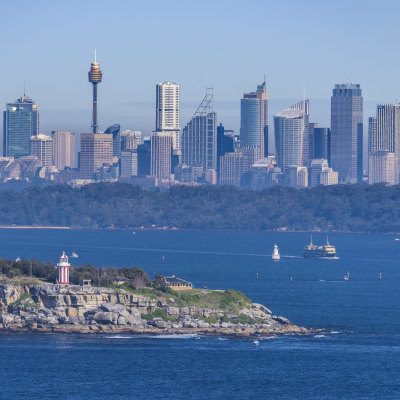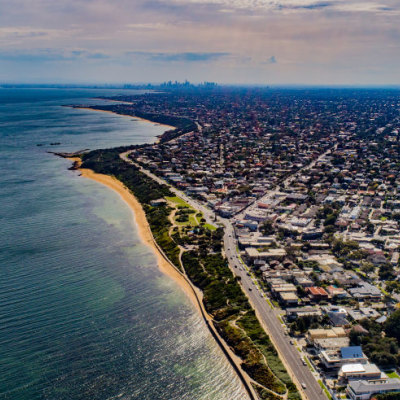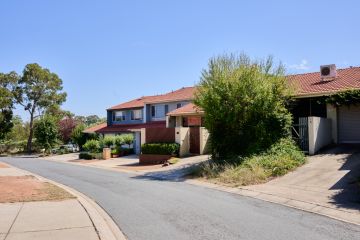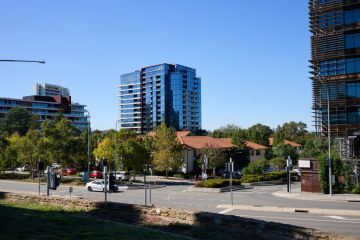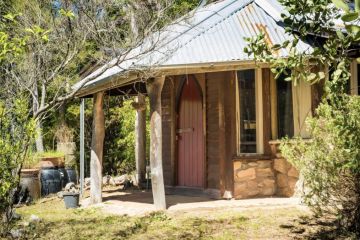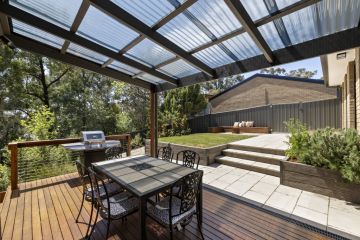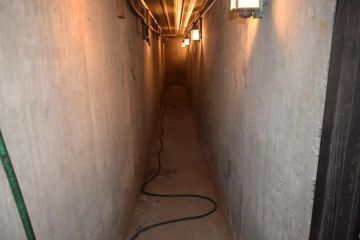Melbourne house prices surpass $1m, Sydney values continue to rise in January
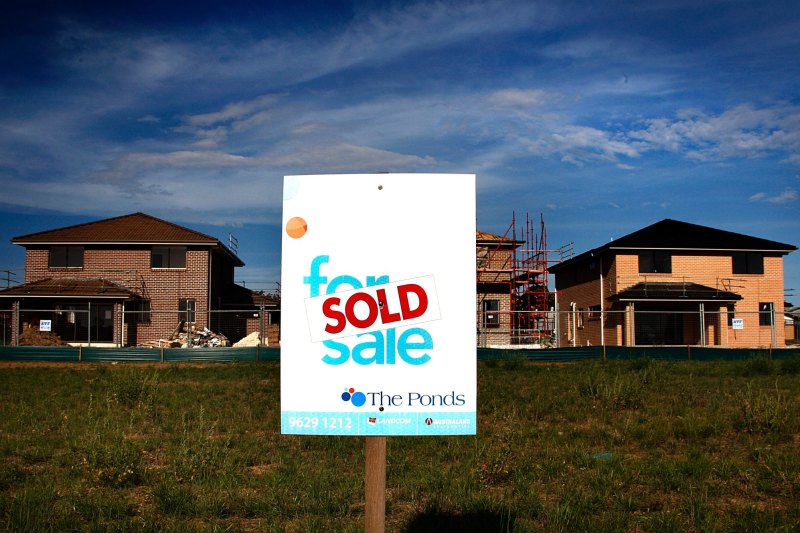
The nation’s most expensive property markets bounced back in January with Melbourne’s median house price pushing above $1 million for the first time and Sydney home values hitting another record high.
Brisbane continued to be the strongest city for house price growth with values up 2.5 per cent over the first month of the year, CoreLogic data released on Tuesday morning shows. On an annual basis, Brisbane’s median house price increased 32.3 per cent to $809,813.

House and apartment values nationally jumped 1.1 per cent over the first month of the year, following a slump at the end of 2021 with property values in Sydney and Melbourne starting to slip.
However, in the 12 months to January, national property values are up 22.4 per cent bringing the annual growth rate to its highest level since 1989. The median Australian dwelling is now about $130,000 pricier than it was at the start of 2021.
While the trend overall is slowing, Sydney’s median house price increased 0.8 per cent over the month to $1,389,948 with apartments up 0.1 per cent to $837,640. In Melbourne, the median house price jumped 0.5 per cent to $1,002,464 with apartment values sliding 0.4 per cent to $624,158.
Canberra house prices are also above the seven-figure point for the second month in a row, following a 1.8 per cent jump over January to $1,032,331. Adelaide house prices increased 2.3 per cent to $636,853.
CoreLogic research director Tim Lawless said the next few months would help determine if the trend of rising prices is here to stay given the start of the year typically has fewer sales.
“The early indication is that housing markets are starting 2022 with a similar trend to what we saw through late last year. Values are still broadly rising, but nowhere near as fast as they were in early 2021,” Mr Lawless said.
“A softening in growth conditions has been influenced by less government stimulus, worsening affordability, rising fixed term mortgage rates and, more recently, a slight tightening in credit conditions, and a surge in new listings through the final quarter of last year.”
Regional home values outpaced the capital cities, with house prices up 1.8 per cent over the month and 6.3 per cent over the quarter. Capital cities were up 0.8 per cent over January and 2.6 per cent over the last three months.
In the last 12 months there has been a 31 per cent rise in house prices in regional NSW, followed by 29.7 per cent growth in Tasmania and 26.1 per cent in regional Queensland. In country Victoria house values jumped 23.8 per cent over this period.
The gap between median house prices and unit prices also reached a high of 28.3 per cent with more demand for detached houses during the pandemic and lower density living.
Investor activity, the trajectory of price values and the quality of lending will be watched closely by regulators this year to determine whether there is a need for further intervention in the market. The Australian Prudential Regulation Authority introduced a higher serviceability buffer last year, requiring lenders to assess borrowers’ ability to repay against slightly higher interest rates. At the end of the year APRA suggested it was poised to do more if necessary to reduce risks in the financial system.
Leading economists expect the Reserve Bank may increase rates sooner than anticipated, which could take some heat out of the market and reduce the need for APRA to introduce more limits. However, CoreLogic research shows the correlation between home values and rate decisions usually has a 12-month lag, suggesting any change in rates may take time to have an effect.
We recommend
States
Capital Cities
Capital Cities - Rentals
Popular Areas
Allhomes
More

